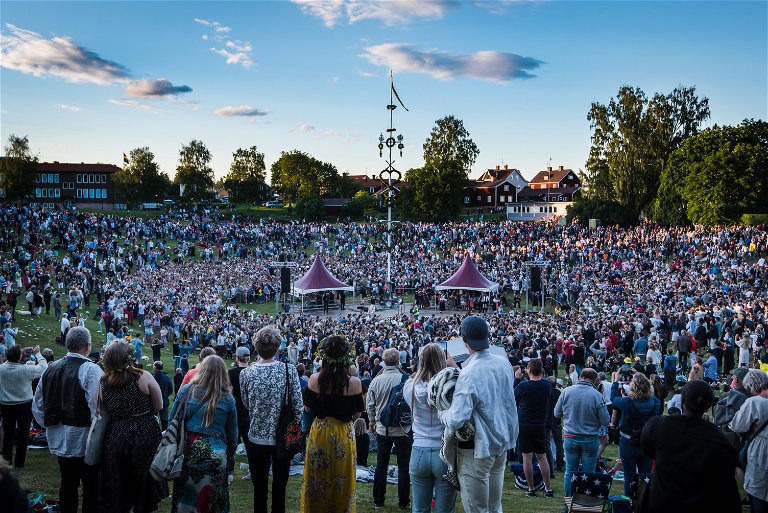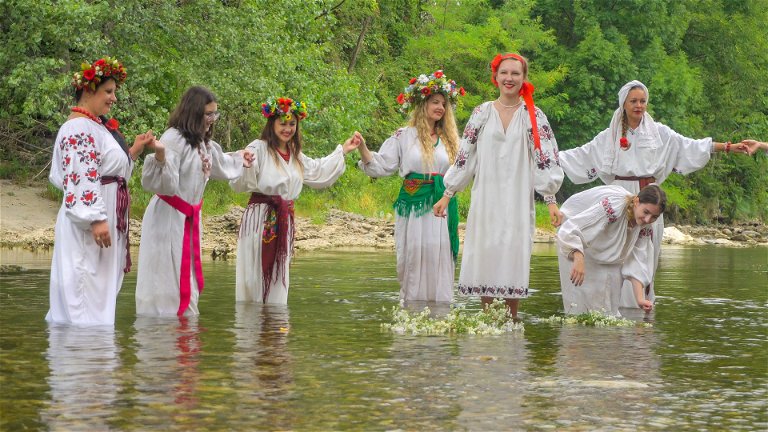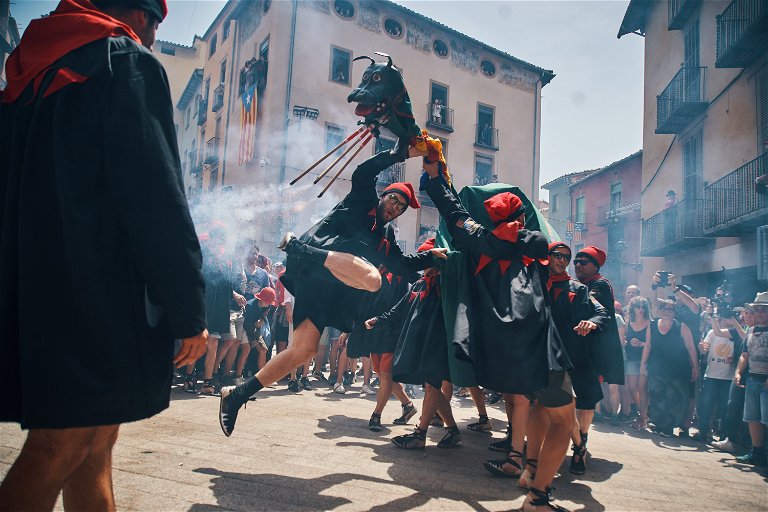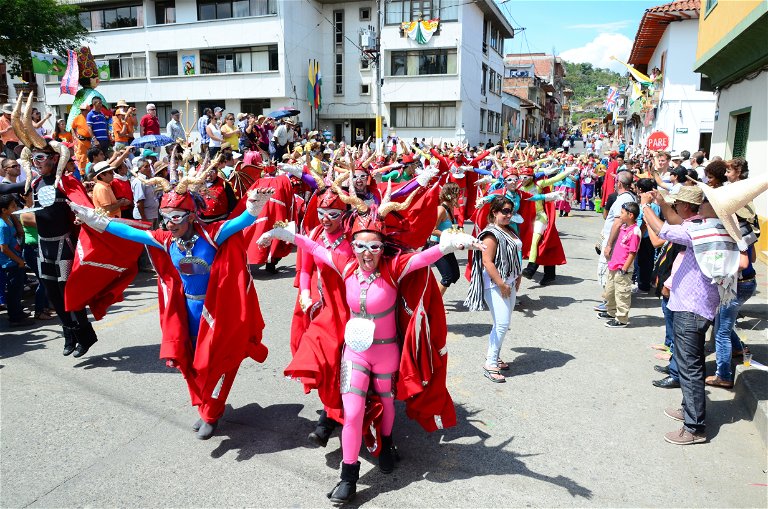Summer solstice: how to celebrate the longest day of the year
Summer officially begins this year on June 20, 2024, marked by the longest day of the year. In Scandinavia in particular, the summer solstice is celebrated as Midsummer with numerous customs – but other countries also have their own unique traditions.
For many, the summer solstice has a romantic and mysterious ring to it, but the event simply describes the longest day of the year and the maximum period of time between sunrise and sunset. In Germany, Austria, Switzerland and the entire northern hemisphere, this day normally falls on June 21, but in leap years such as 2024 it falls on June 20. At this time of year, the sun is higher above the horizon than at any other time of the year. The further north the location, the longer the day lasts. In Hamburg, for example, this day lasts 17 hours and 2 minutes, while in Munich the sun is in the sky for about an hour less.
In Germany, the solstice is traditionally celebrated as St. John's Day on June 24. Large fires are lit, symbolising life and the victory of light over darkness. While they create a romantic light at dusk in this country, north of the Arctic Circle the sun does not set at all at this time of year, which is known as the white nights. After the summer solstice, the days become shorter again and the nights longer until the winter solstice is reached on December 21.
How the world celebrates
In Scandinavia, Midsummer is one of the most important holidays of the year. Here, the festival symbolises the reawakening of nature and the fertility of the earth. Most Swedes, for example, retreat to the countryside to celebrate with family and friends. Meanwhile, the cities are unusually quiet. Traditionally, the Scandinavians collect flowers to make wreaths and decorate themselves and the midsummer poles, which are similar to the German maypole tradition. Strawberries with cream, boiled dill potatoes and herring are a must at the central feast.
Sweden
The central Swedish region of Dalarna, often referred to as Sweden in miniature, is home to some of the most beautiful Midsummer festivals. Visitors can expect professional dances, parades, festively decorated maypoles and even a dragon boat race. The Midsummer Festival in Sammilsdal (Gropen) in Leksand is particularly well known and is considered the largest in the world, attracting 20,000 to 30,000 visitors every year.

Denmark
The Midsummer celebrations in Denmark mark the birth of John the Baptist, who, according to tradition, was born six months before Jesus. Every year on the evening of June 23, the midsummer festival or solstice is celebrated nationwide, known as Sankt Hans Aften. On this evening, numerous small and large fires light up the night sky across the country. The traditional "Sankt-Hans bål" is a large pyre on which a straw witch and her broom are symbolically burnt to send her back to the Blocksberg, the Brocken, a mountain in the Harz Mountains in Germany.

United Kingdom

Belarus
According to the Gregorian calendar, Midsummer is celebrated on July 7 as Ivan Kupala Day in some Eastern European countries such as Belarus and Ukraine. Many rituals revolve around water, fire, the magical powers of plants and self-purification. Traditionally, young women place wreaths of flowers decorated with candles in rivers and try to predict the future based on the direction of their drift. Jumping over the fire and searching for the fern flower, which only blooms on this night and supposedly helps to find hidden treasures, are also part of these customs.

Catalonia
In Catalonia, fireworks and bonfires are traditionally lit on June 23 to mark the summer solstice celebrations, similar to New Year's Eve. Fireworks light up the night for hours on end. The festival is also popular in the Catalan Pyrenees, with many places celebrating the "Falles" on June 23rd or in the surrounding weeks. This UNESCO Intangible Cultural Heritage tradition involves the descent of hundreds of masked people with torches from the mountains to the nearest villages, where further celebrations await.
As with all special holidays in Catalonia, food plays a central role. Various types of coca de Sant Joan (a flat, sweet pastry, the most famous version of which contains candied fruit) are a must in every household. For most children, the day is doubly special because it marks the end of the school year.

Colombia
In the countries along the Andes, stretching from Chile to Colombia, members of indigenous peoples have always celebrated the annual solstice. In the Sierra Nevada de Santa Marta in Colombia, the Corpus Christi celebration takes place on June 20, 2024, where locals dress up as devils. They wear hundreds of small bells on their legs, symbolising evil. They also carry mirrors on their backs to harness the power of the sun on the longest day of the year. The ritual symbolises the battle between God and the devil.














